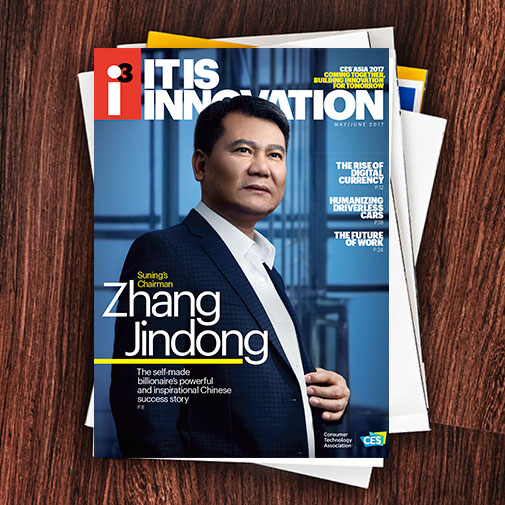When we started the company, our thorough quality and regulatory approval process provided structure in a way that allowed for scalability and compliance with the Federal Drug Administration (FDA) regulatory requirements. We provide a comprehensive vision suite that enables pediatricians to perform two vision screening tests on our existing application. The first is a mobile quote screening test which analyzes the eye in real time to determine if a child has risk factors. This test is predominantly used for children between six months and six years in age. We also have a visual acuity test for children ages five and above. The test
replaces the traditional wall eye chart with a gamified version. Both of these are FDA regulated applictions. Our photo screener uses an ophthalmic camera and is a class two 510(k) exempt medical device. The gamified eye chart is a class one medical device.
It’s very exciting what’s happening right now. Smartphone adoption and the evolution of how smartphones can be utilized to support the connected health experience are paramount for us. We’re utilizing everything – whether it is the front screen or the back in terms of the camera lens and the flash – and we’re excited about the developments that continue to take place. The iPhone 7 Plus is one example of what our team can develop when a new smartphone is introduced. We’re going to have more opportunities for screening and monitoring thanks to broadly available mobile technology. We’re going to empower consumers not only in the form of patients, but we’re also going to empower caregivers and other stakeholders to be better connected across the healthcare ecosystem. This allows for proactive access to data and brings more objectivity to self- reported data. Additionally, this information will complement the delivery of care. We’re well-positioned for the natural progression of connected health care that will lead to mass adoption.
There are two opportunities we’re focusing on in 2017. First, we are helping professionals access our solution. We can still enable greater access to vision screening, monitoring and early detection, and we can help collaborate with the treatment. We will announce it later this year. Second, we are entering the adult space. In particular, retinal disease that creates blindness is growing in our aging population. The biggest gap in that market is the lack of early detection. In the U.S. there are more than 2.3 million people with age-related macular degeneration that don’t know it. We have the ability to test for it on a smartphone so people can be treated. That improves quality of life and lowers individual healthcare costs over time.

i3, the flagship magazine from the Consumer Technology Association (CTA)®, focuses on innovation in technology, policy and business as well as the entrepreneurs, industry leaders and startups that grow the consumer technology industry. Subscriptions to i3 are available free to qualified participants in the consumer electronics industry.